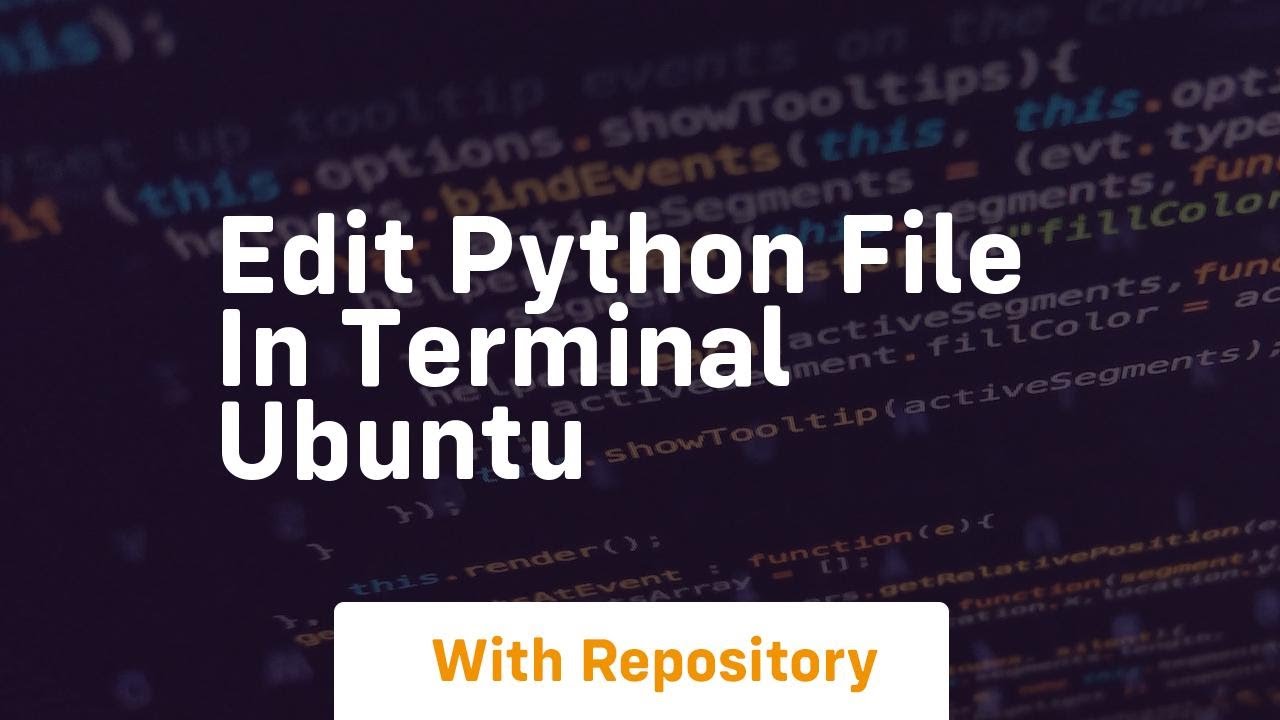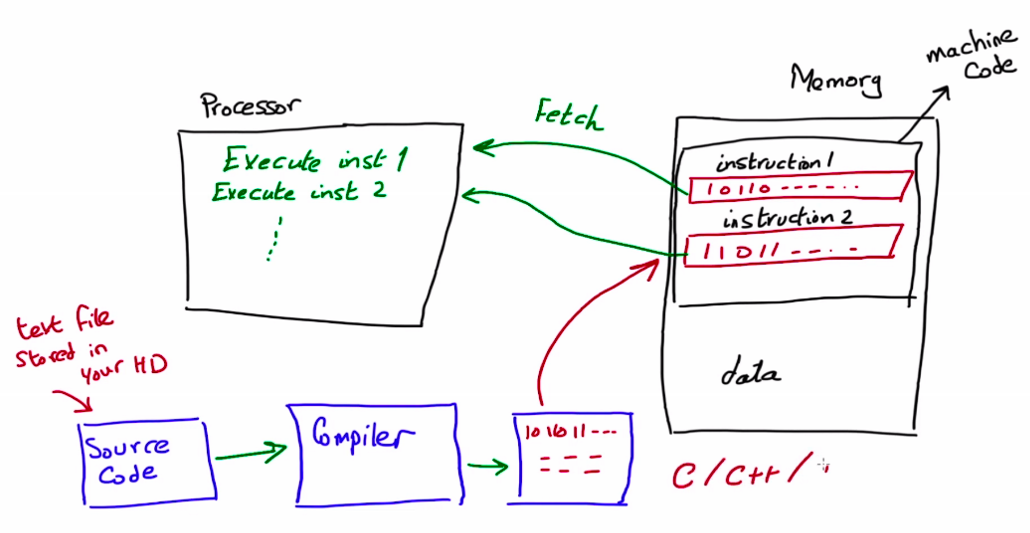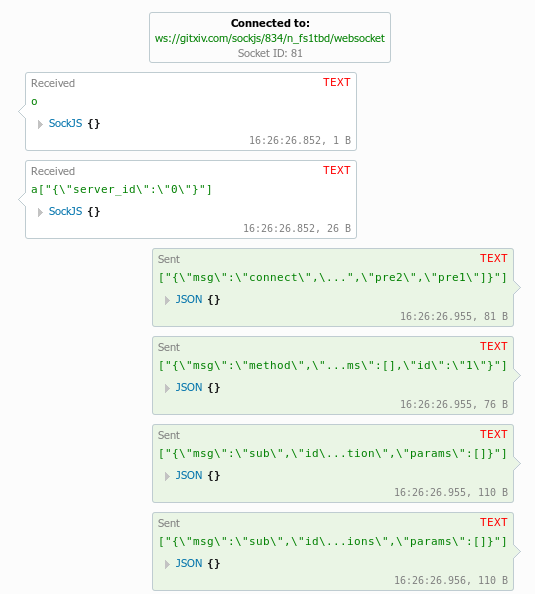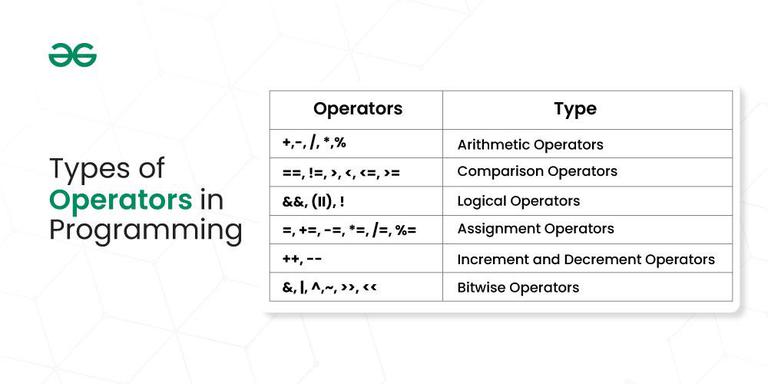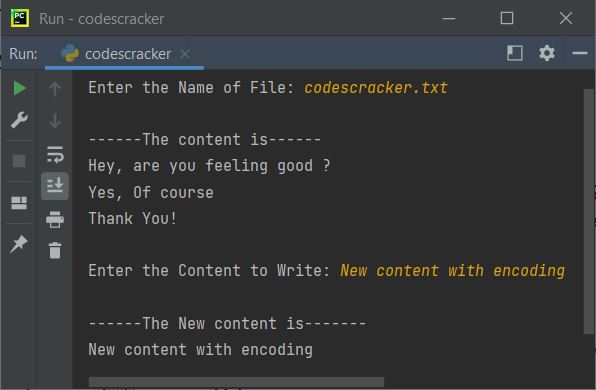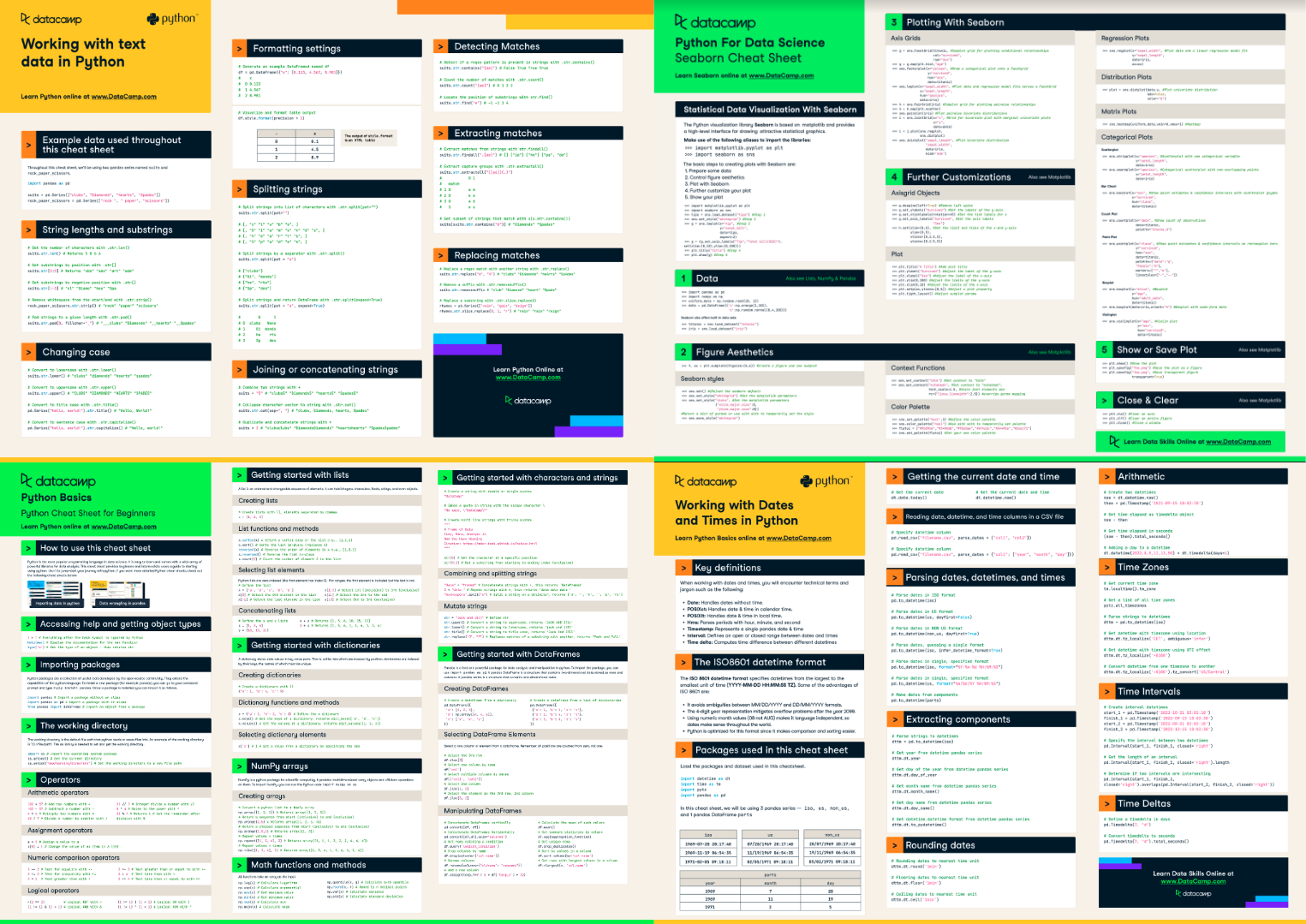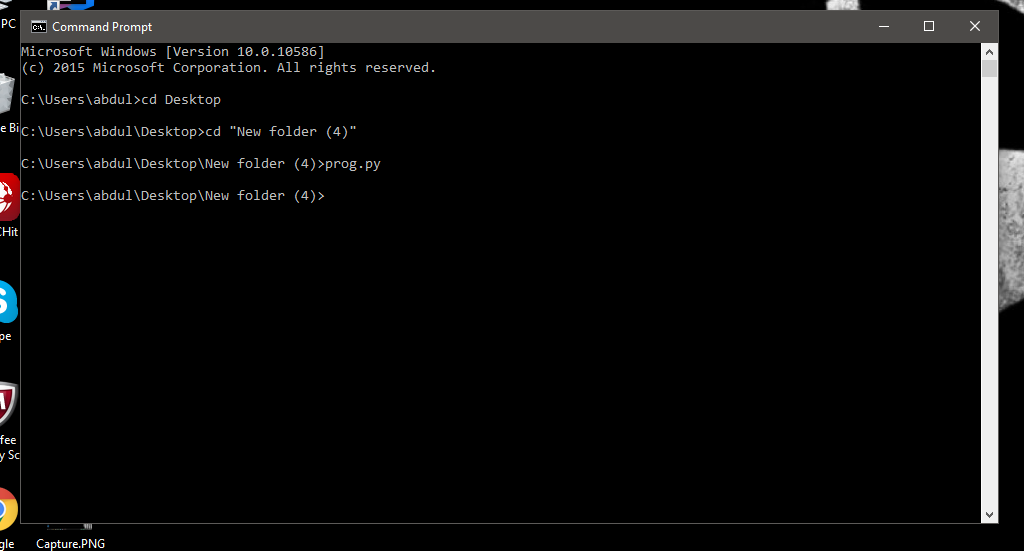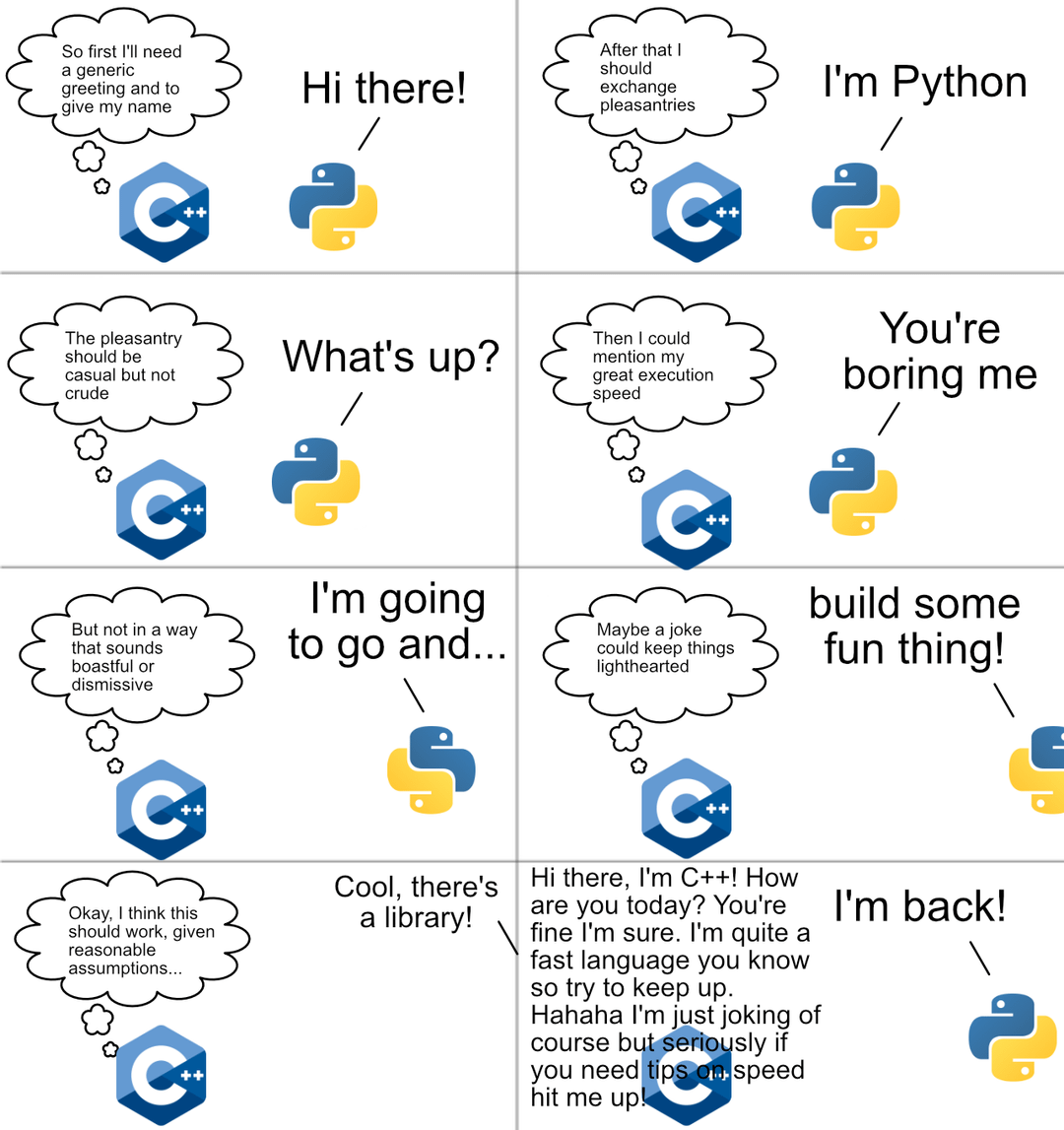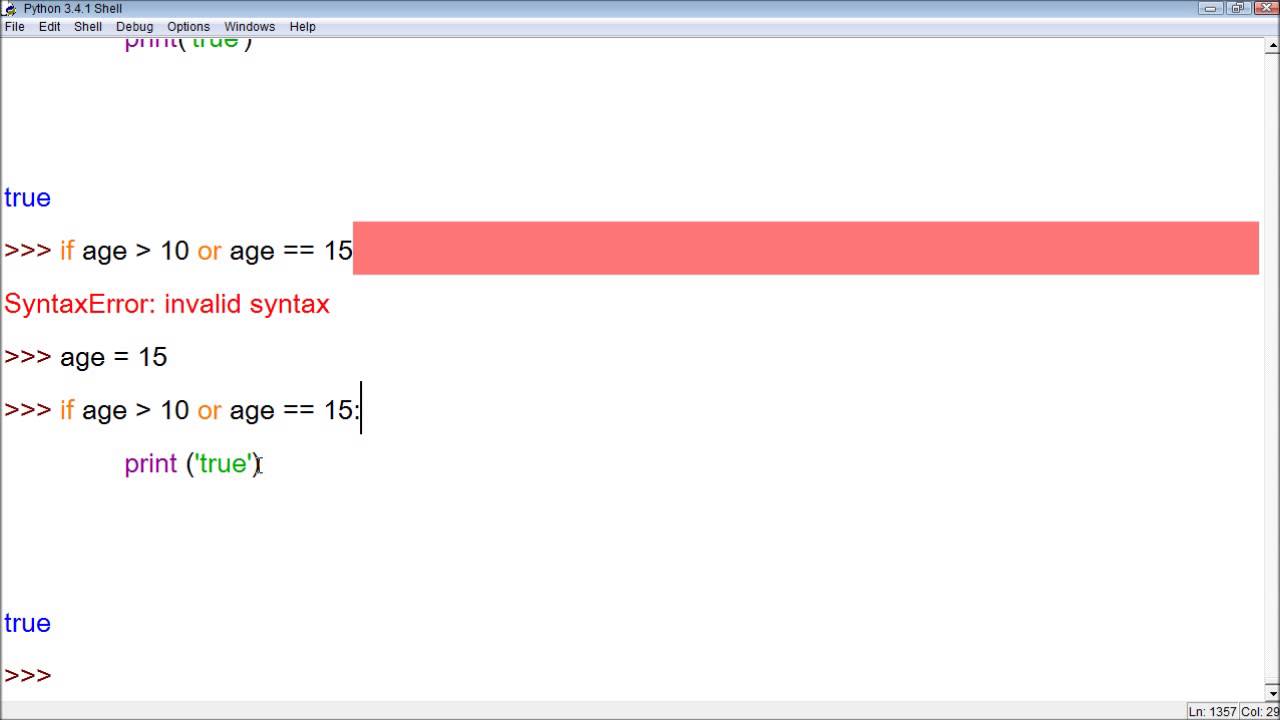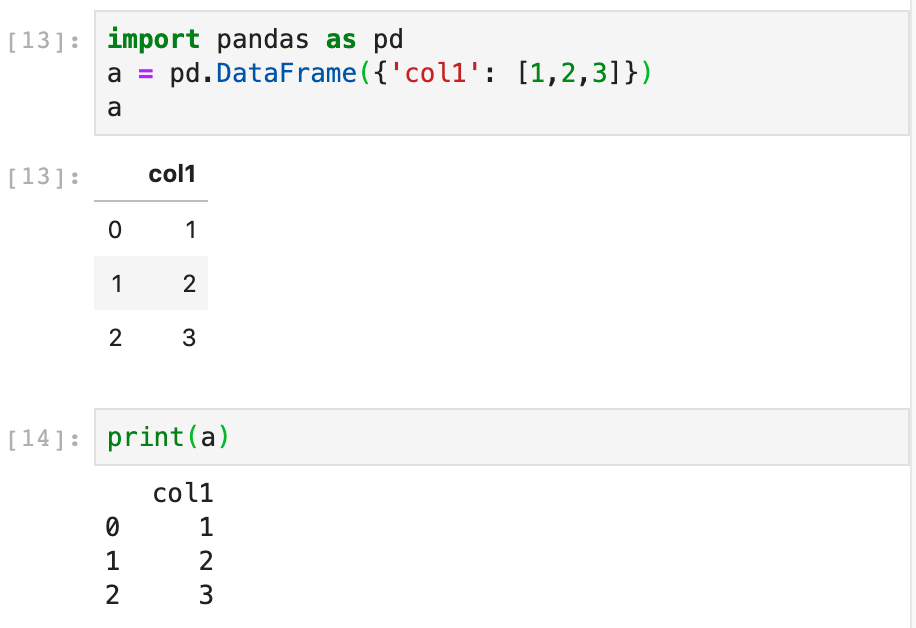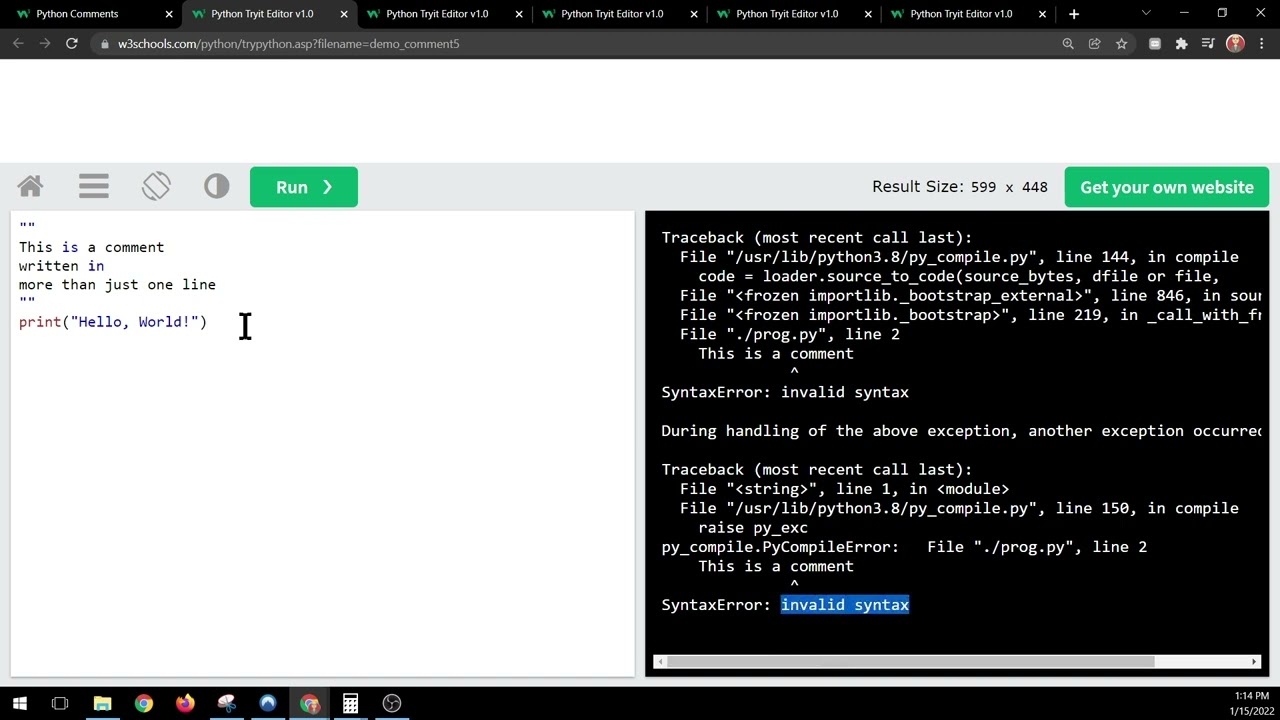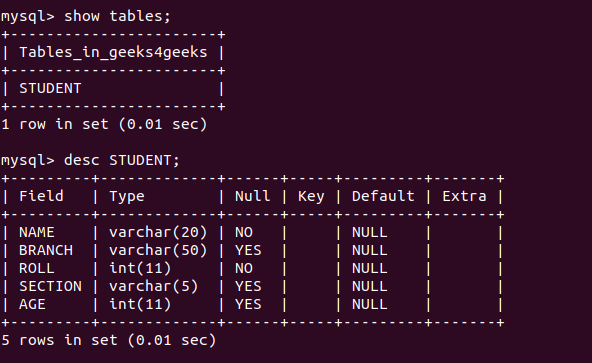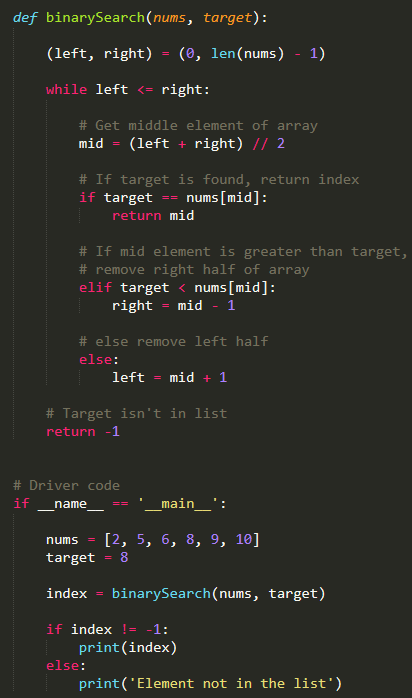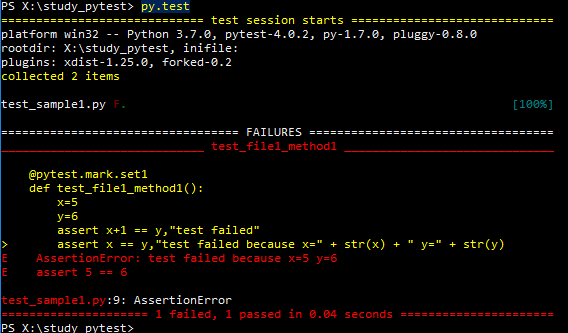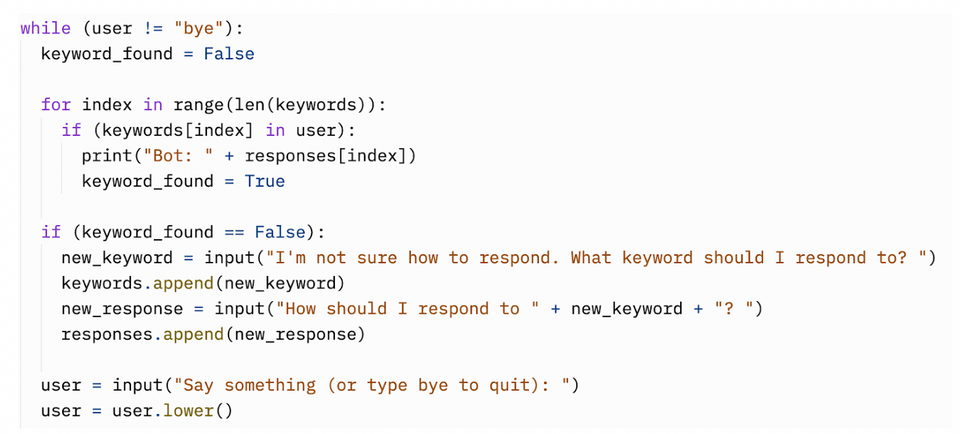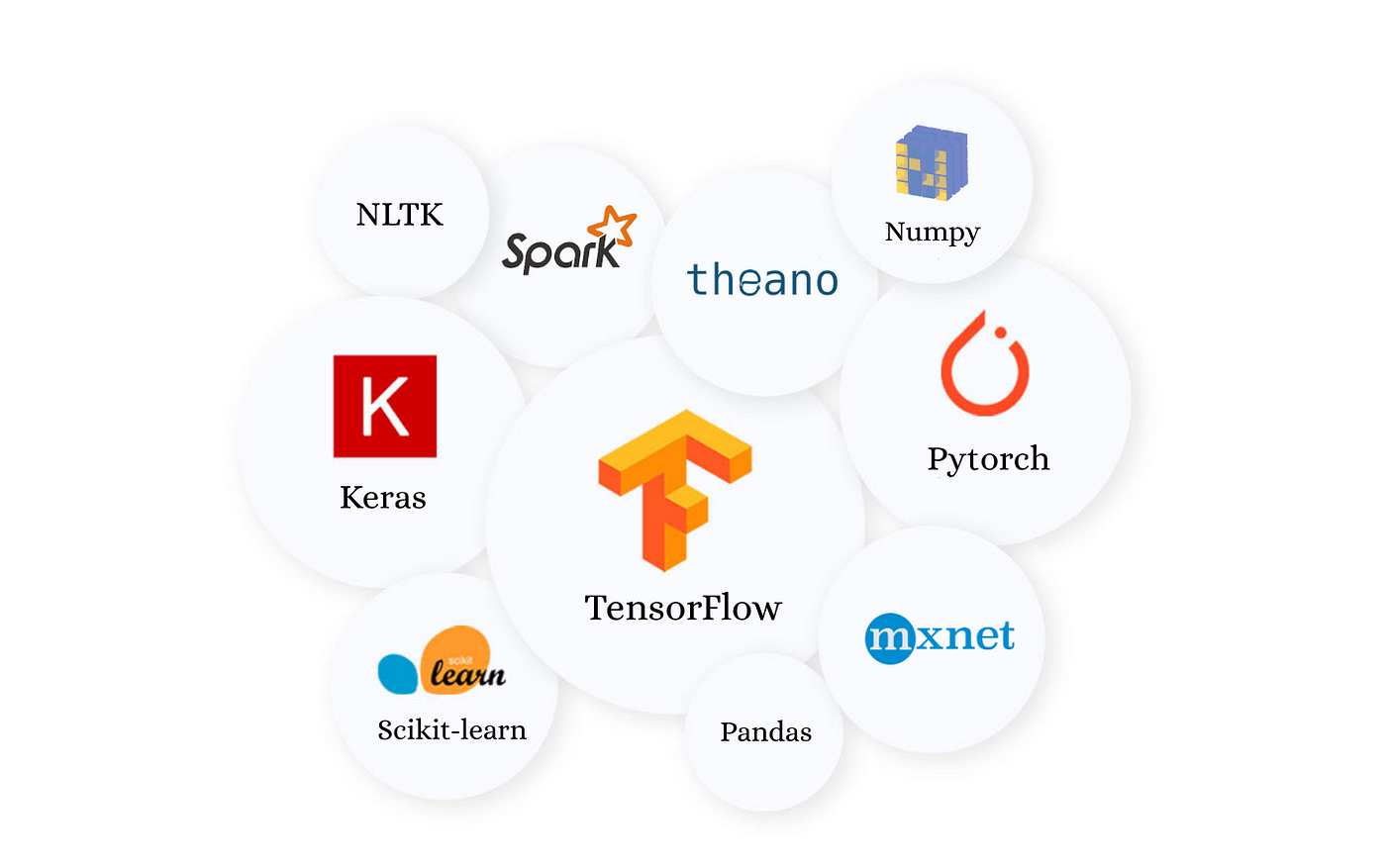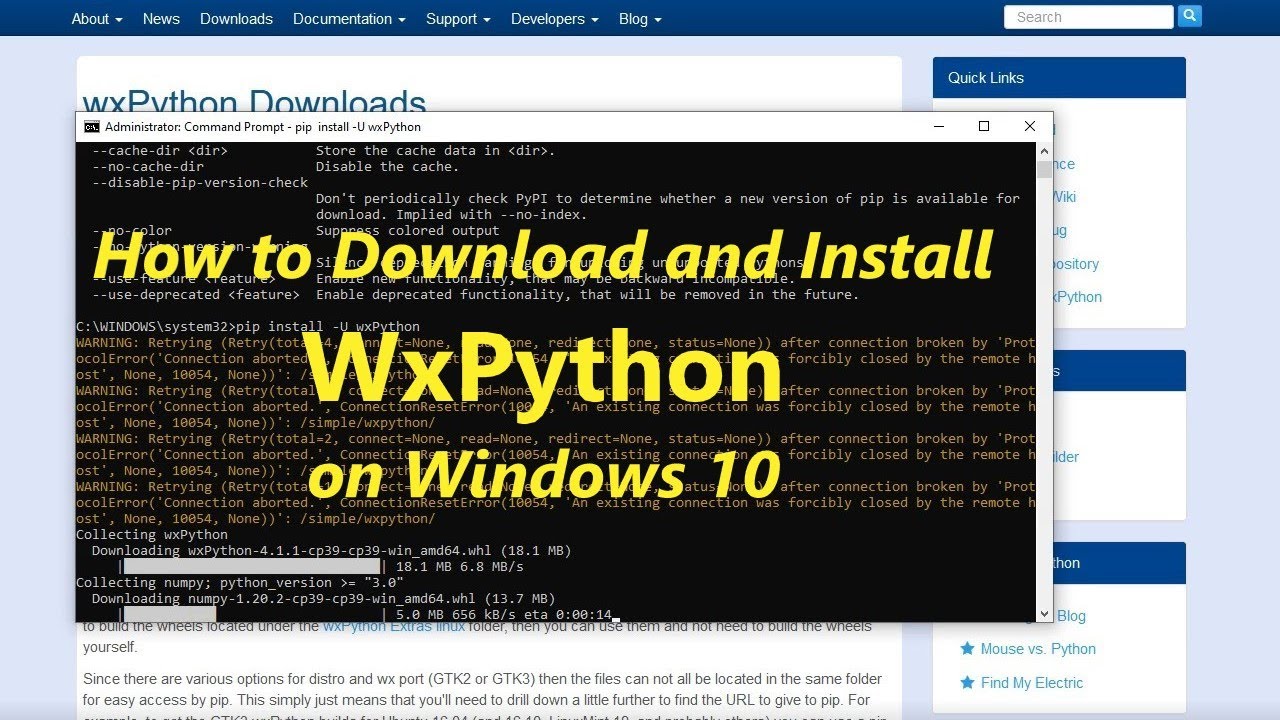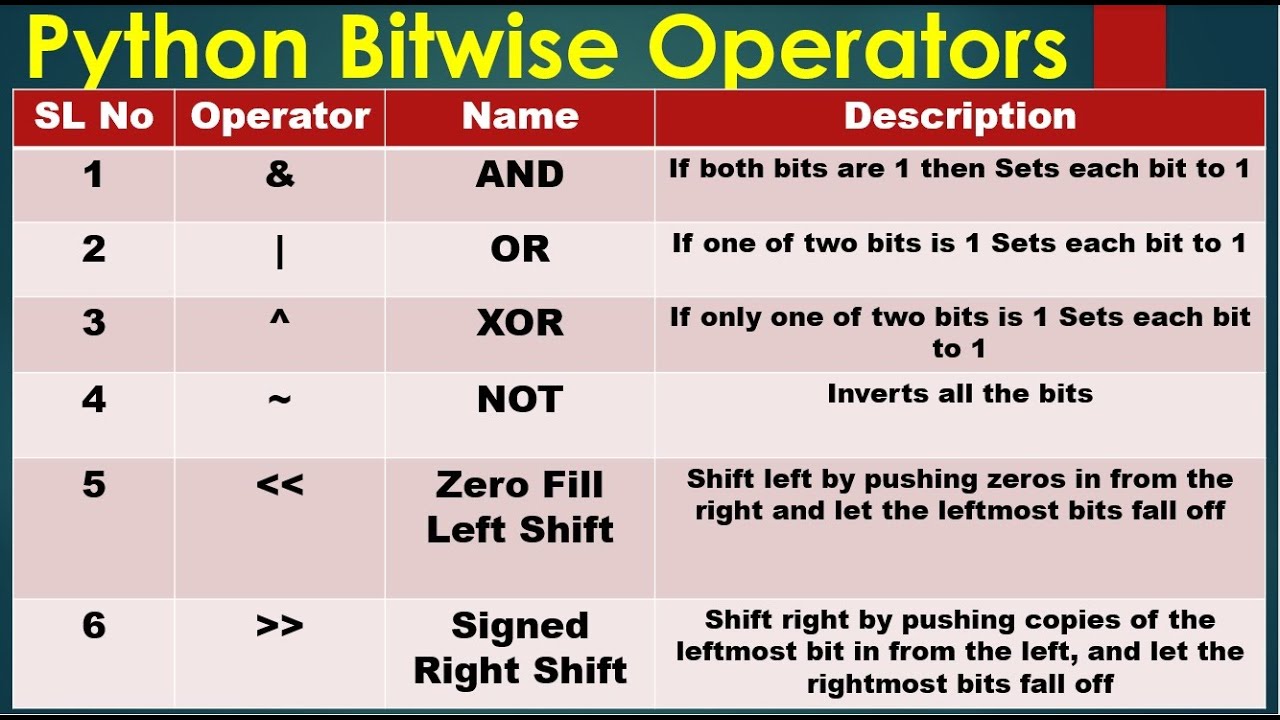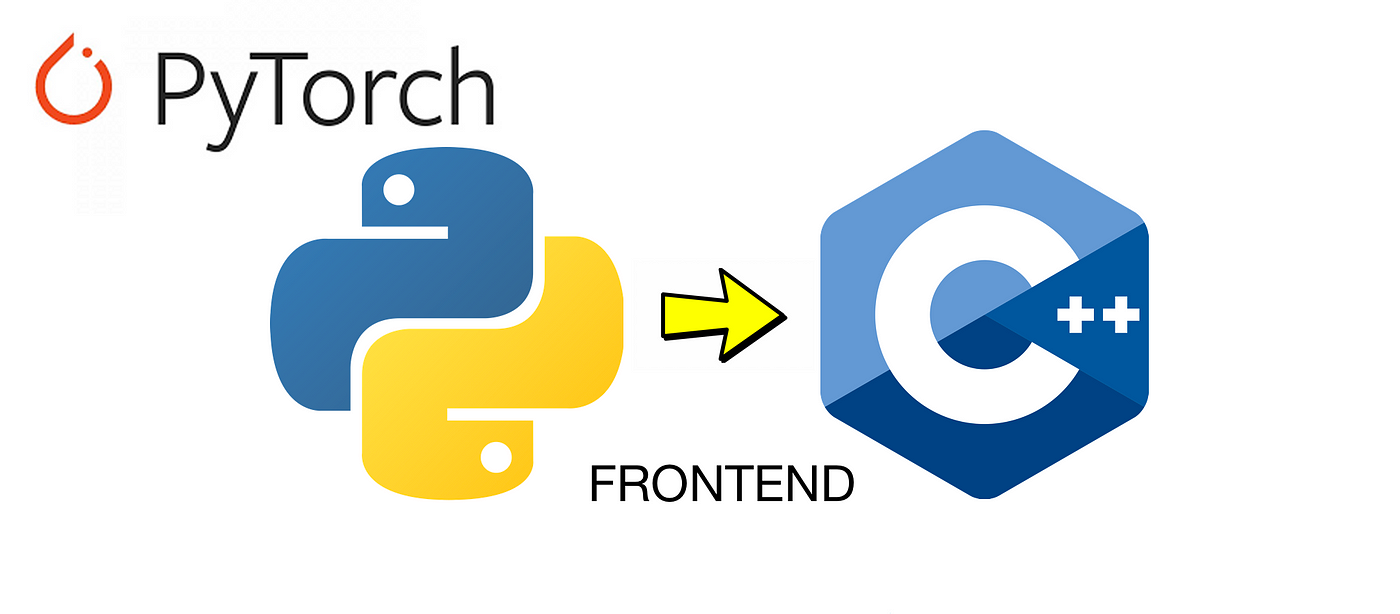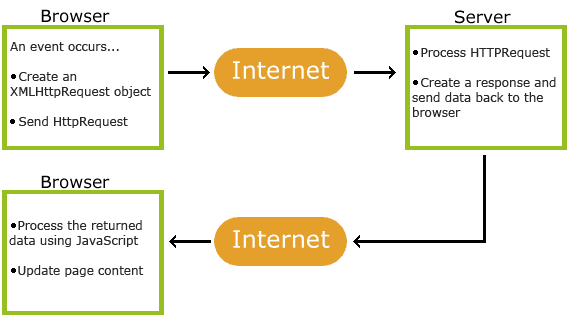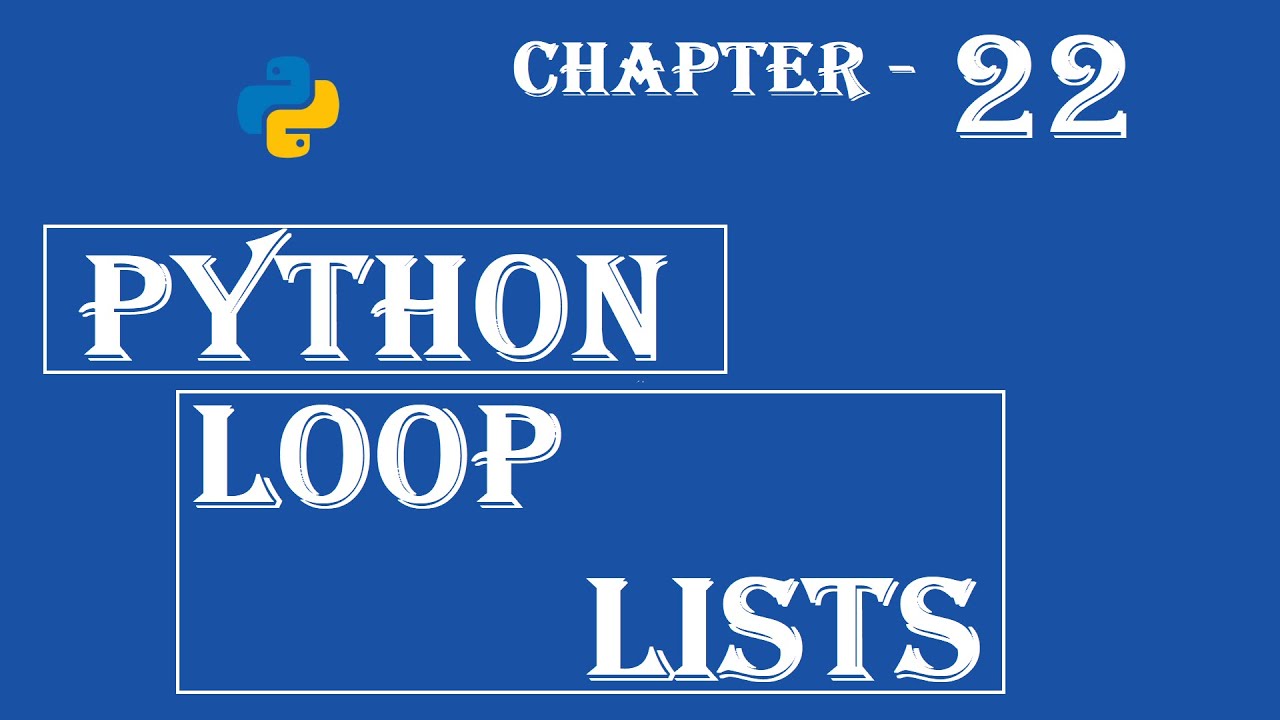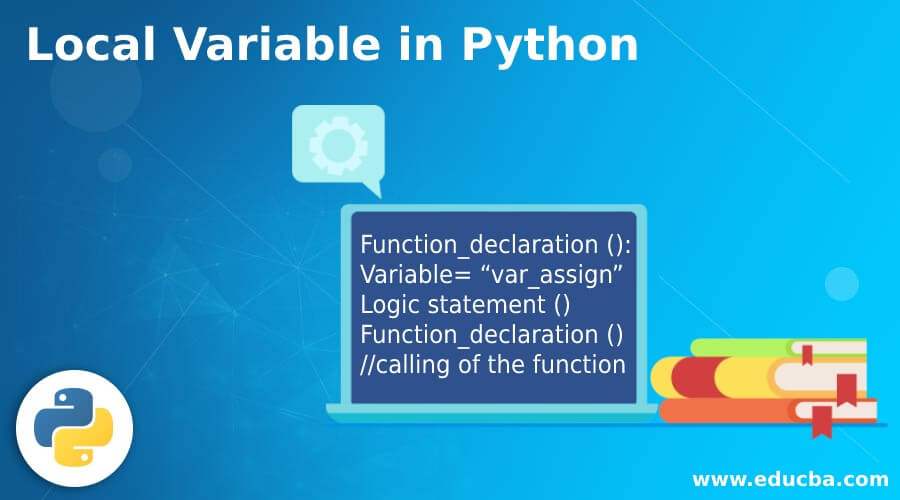Python REST API framework
Python REST API framework
Here's a comprehensive overview of popular Python REST API frameworks:
Flask: Flask is a microframework that provides the flexibility to build robust APIs. It has built-in support for HTTP methods, routing, and templates.Pros: Lightweight, easy to learn, and well-suited for small-scale applications.
Cons: Limited built-in features compared to other frameworks.
Django REST Framework: Django REST framework is a high-level Python framework that provides an excellent foundation for building robust APIs. It's designed to work seamlessly with the popular Django web framework.Pros: Robust set of libraries and tools, supports both ORM and raw SQL queries, has built-in support for API documentation.
Cons: Steeper learning curve due to its strong ties to Django.
FastAPI: FastAPI is a modern Python framework that provides high performance and easy integration with other tools and technologies.Pros: Supports asynchronous code, has built-in support for OpenAPI (Swagger) and JSON schema, supports GraphQL, and has great documentation.
Cons: Still relatively new, so it lacks the maturity of more established frameworks like Django.
Sanic: Sanic is a Python 3.5+ web framework that's designed to be fast and flexible. It provides support for HTTP/1.1 and HTTP/2, and allows you to write asynchronous code using coroutines or asyncio.Pros: Fast performance due to its use of asynchronous I/O, supports both synchronous and asynchronous programming styles.
Cons: Still relatively new, so it lacks the maturity of more established frameworks like Django.
Pyramid: Pyramid is a flexible and extensible Python framework that provides support for building robust APIs. It allows you to write modular code by composing small, single-purpose applications together.Pros: Supports both synchronous and asynchronous programming styles, has great documentation, supports various ORMs.
Cons: Steeper learning curve due to its abstract nature.
Hug: Hug is a Python framework that simplifies the creation of web APIs. It allows you to write functions in Python that return HTTP responses.Pros: Easy to learn and use, provides support for asynchronous code, has great documentation.
Cons: Limited built-in features compared to other frameworks.
In conclusion, each framework has its own strengths and weaknesses. When choosing a framework, consider factors such as:
The size and complexity of your project Your team's experience with Python web development The specific features you need (e.g., support for asynchronous code or GraphQL)Ultimately, the best framework for you will depend on your unique needs and preferences.
Is Python good for REST API?

I'm happy to respond in English this time!
Python is indeed an excellent choice for building REST (Representational State of Resource) APIs. Here's why:
Ease of Use: Python has a syntax that's easy to learn and use, making it an ideal language for developers who want to focus on building their API without getting bogged down in complexities. Large Community: The Python community is vast and active, with numerous libraries and frameworks available for building REST APIs. This means you'll find plenty of resources online to help you overcome any hurdles or learn new techniques. Flexibility: Python's flexibility allows you to integrate it with various technologies, such as web servers (e.g., Apache, Nginx), databases (e.g., MySQL, MongoDB), and other languages (e.g., JavaScript for client-side development). Rapid Development: Python's syntax and nature make it perfect for rapid prototyping and development. You can quickly create a REST API and test your ideas without spending too much time on setup or infrastructure. Error Handling: Python has excellent support for error handling, which is crucial when building APIs that need to handle diverse client requests. You can catch errors, log them, and provide meaningful responses to clients. JSON Support: Python has built-in support for JSON (JavaScript Object Notation), a popular data format used in REST APIs. This makes it easy to serialize and deserialize data between your API and clients. Security: Python's standard library includes modules for encryption and hashing, allowing you to implement secure authentication and authorization mechanisms in your API. Cross-Platform: Python can run on multiple operating systems (e.g., Windows, macOS, Linux), making it a great choice if you want to deploy your REST API on different platforms.Some popular Python libraries and frameworks for building REST APIs include:
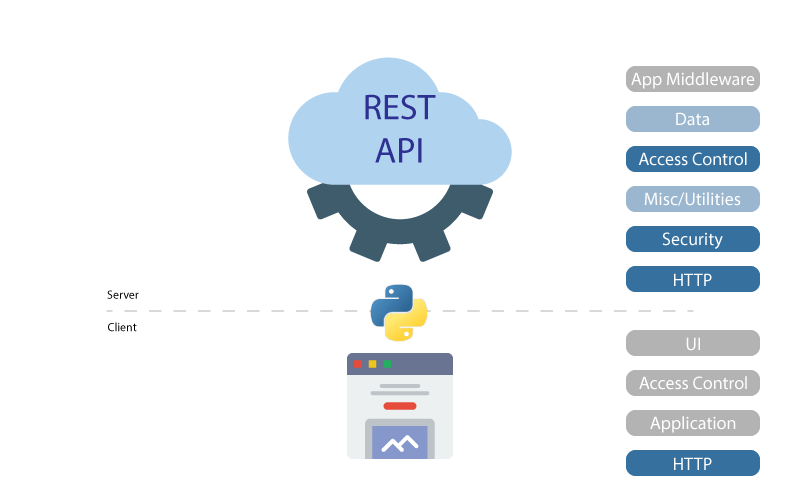
When choosing Python for your REST API project, consider the following:
Scaleability: If you expect a large number of requests or need to handle a lot of data, choose a framework like Flask or Django that can scale with your needs. Performance: Optimize performance by using libraries like NumPy and SciPy for scientific computing, or SQLAlchemy for database interactions. Testing: Write unit tests and integration tests to ensure your API is reliable and behaves correctly under various scenarios.In conclusion, Python is an excellent choice for building REST APIs due to its ease of use, large community, flexibility, rapid development capabilities, error handling support, JSON support, security features, cross-platform compatibility, and the availability of popular libraries and frameworks.

